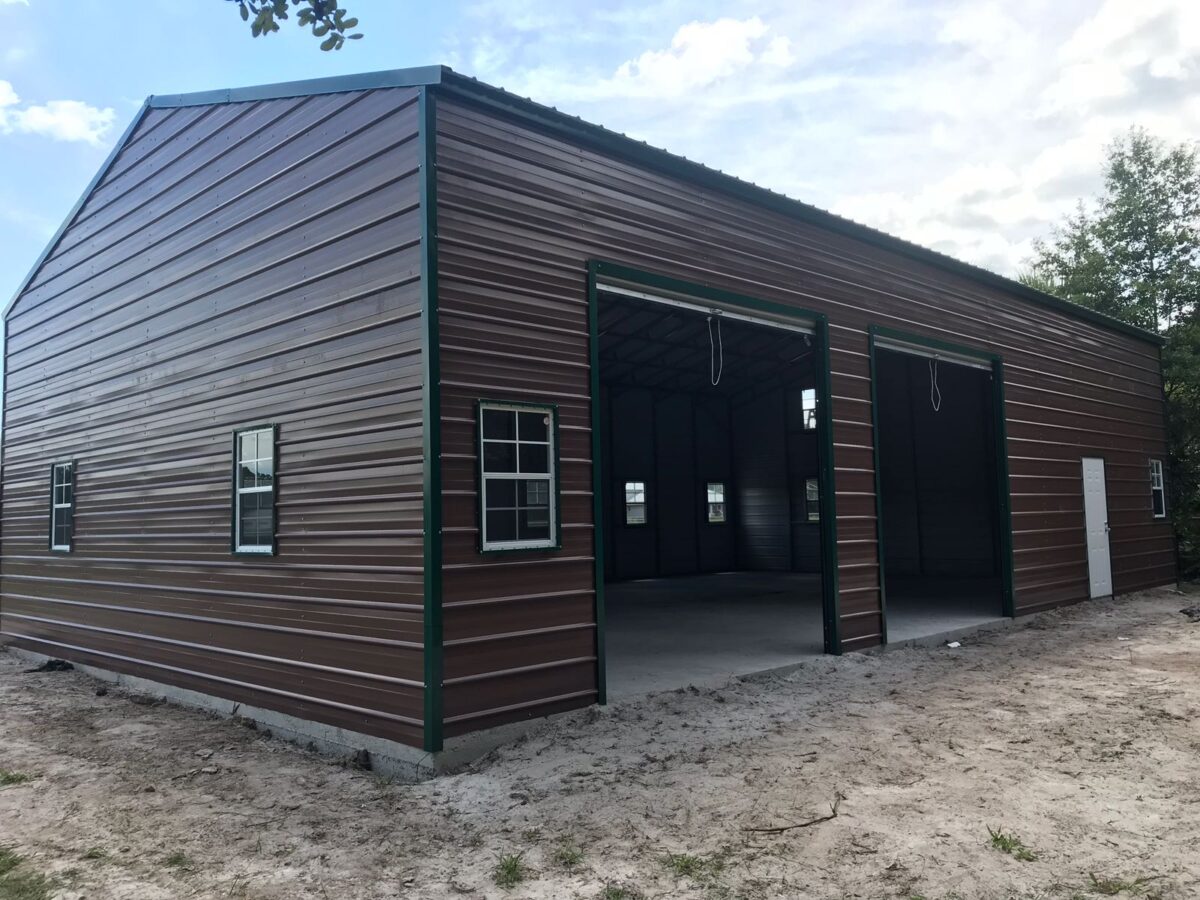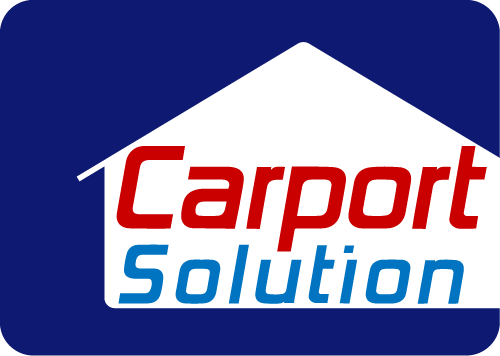Understanding Weather Challenges by Region
Different climates place unique demands on carport structures. In hurricane-prone regions like Florida, wind uplift, flying debris, and driving rain are the biggest threats. Meanwhile, snowbelt areas must contend with heavy snow loads and ice accumulation. In desert or alpine climates, temperature swings and UV exposure can degrade materials. Selecting a carport built specifically for your climate is essential for long-term performance.
Wind‑Resistant & Hurricane‑Certified Designs
In hurricane zones, a carport should be engineered for wind speeds of at least 120–140 mph to meet Florida Building Code standards. Certified structures feature thicker steel framing, tighter fastener spacing, and hurricane-rated anchors that bolt into concrete footers. According to safety standards from the Insurance Institute for Business & Home Safety (IBHS), improving column-to-footer connections and adding diagonal bracing are among the most cost-effective retrofits to significantly increase wind resistance. Carport Solutions offers upgrades that meet or exceed these engineering criteria.

Materials That Resist Corrosion and UV Damage
In humid coastal climates or high UV zones, aluminum or galvanized steel panels resist rust and sun degradation far better than untreated metals. Reinforced aluminum structures—when paired with deep concrete anchors sunk at least 4 feet—provide exceptional resistance to wind and corrosion in Florida’s climate. For maximum longevity, materials should carry UV-resistant finishes and corrosion warranties.
Anchoring, Bracing & Footings
Regardless of climate, a well-engineered anchoring system is the backbone of any climate-proof structure. Footings must extend below frost line or deep into stable soil; according to IBHS guidance, anchor bolts should be minimum 3/8″ diameter and connectors at least 1/8″ thick. Diagonal and cross bracing further stiffen the frame against wind and lateral forces. Carport Solutions ensures each kit includes detailed installation instructions and certified bolt patterns to meet local codes.

Maintenance & Retrofit Tips for Long-Term Resilience
Even the highest-rated carports benefit from seasonal inspections. Look for loose fasteners, rust spots around connectors, peeling paint, and signs of anchor movement. Reapply sealant as needed and replace corroded bolts with stainless or galvanized equivalents. In hurricane zones, trimming nearby trees and removing loose objects reduces debris risk. In snowy areas, clear accumulated snow from roofs before load thresholds are reached.
Customizing the Right Structure for Your Climate
Carport Solutions offers tailored options: from vertical‑roof steel carports for snowy areas to hurricane‑rated A‑Frame designs for coastal use. You can add side panels, secure anchor kits, heat-reflective finishes, and reinforced framing to meet local weather challenges. Prefabricated kits ship with all required components, engineer-certified wind or snow ratings, and easy-to-follow guides so your structure is built right from the start.
Climate-proof design involves more than just buying a carport—it’s about matching your structure’s specifications to regional weather threats. Prioritize certified wind ratings, proper anchoring, heavy-gauge framing, and corrosion-resistant materials. With the right choices, your investment protects your vehicles and equipment for decades. Carport Solutions delivers the expertise, materials, and certified builds you need to weather any climate.
